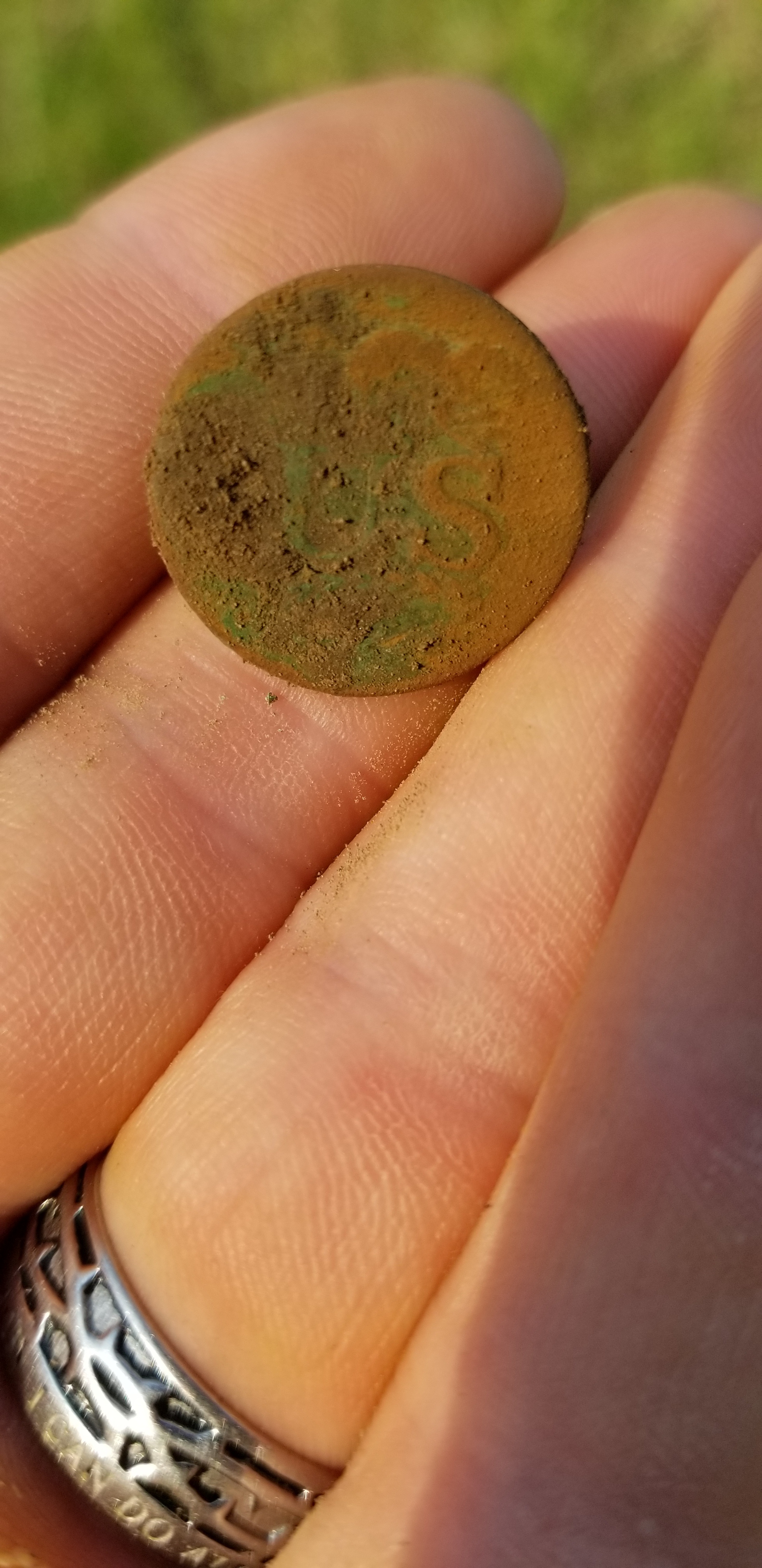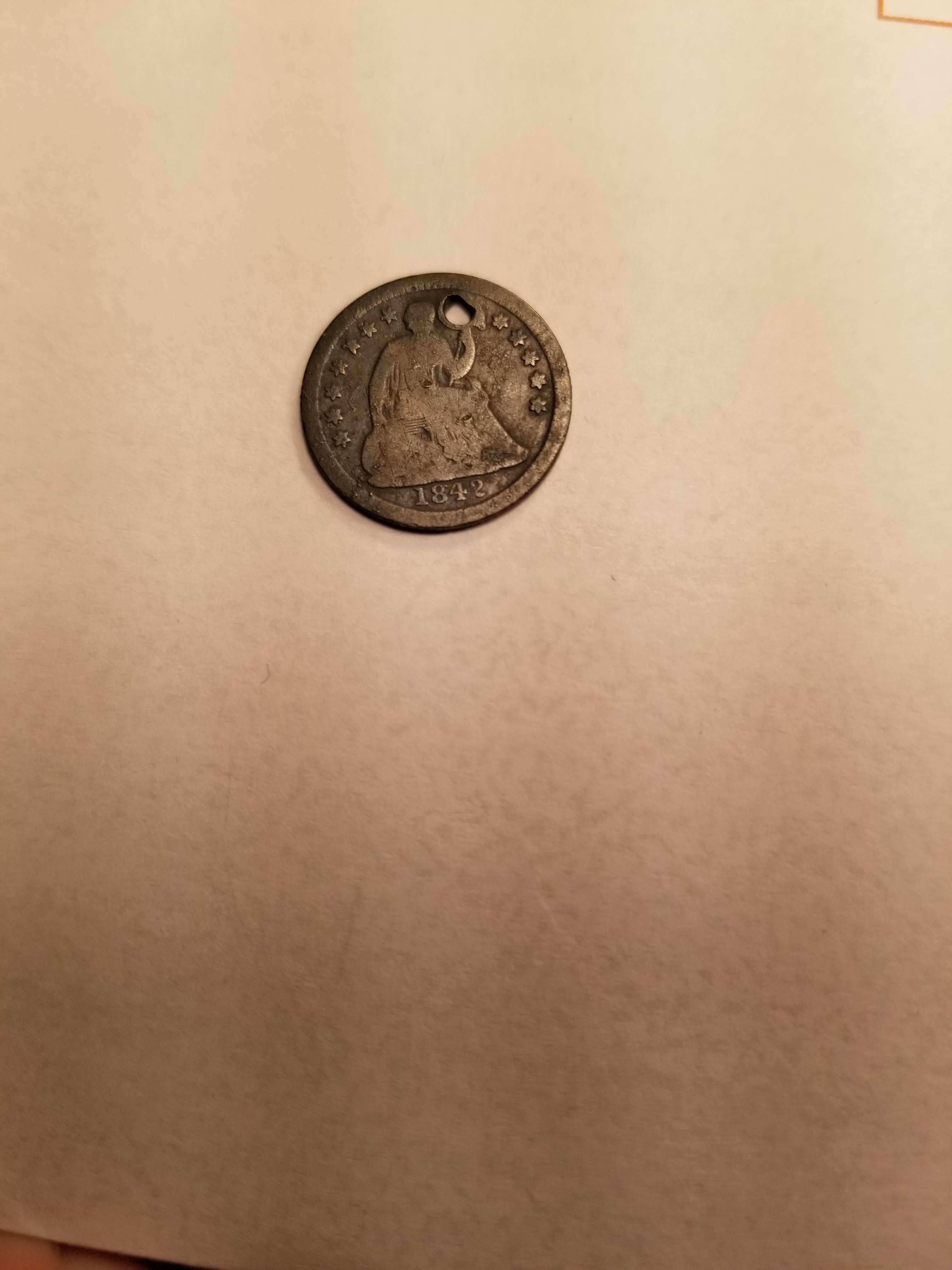What an absolutely beautiful Saturday in October in southwest Arkansas. The sun was shining and the temperature was perfect. My favourite spot to hunt had finally been mowed and I had been itching to get out and detect it all week. I have pounded this area over the last three years. It is the home site of one of the first white settlers to the Indian Territory that would later become Arkansas in 1836. The man and his family moved from Louisiana in 1811 and began farming the area. Before he died in 1852, he owned 22,000 acres. The homestead was used as the county seat, a post office, and a jail for several years, although aside from the old well and cistern hidden in the edge of the woods, you couldn't tell that this place used to be a popular destination in the 1830s by driving by. I had just got to the spot and dug a small piece of copper when a crop duster started spraying the cotton crop across the road. As luck would have it, the wind was blowing right in my direction. I felt the mist land on my face and arms and smelled the aroma of insecticide and quickly decided that I probably didn't need to be breathing in the bug spray so I left for about an hour. Like I mentioned earlier, I have hit the place hard over and over. It is loaded with iron. I have pulled all the easy targets over the last few years, including 3 half dimes, and I have been going super slow trying to pick through the old square nails that are everywhere from when the house was torn down in 1858. One of the half dimes was dated 1838, another from 1842, and the third one is worn smooth. The half dimes are pretty awesome, but I am really excited about the two 1820s Great Coat Buttons that I found on this day. Finding relics from before Arkansas was a state is very interesting. I wish the buttons could tell their story of how they ended up 6 inches deep in the dirt mixed with rusty nails and other items. I love my equinox 800. Park 1, recovery speed of 4, and sensitivity 23.
Jonathan - North America





















